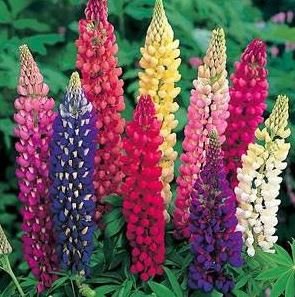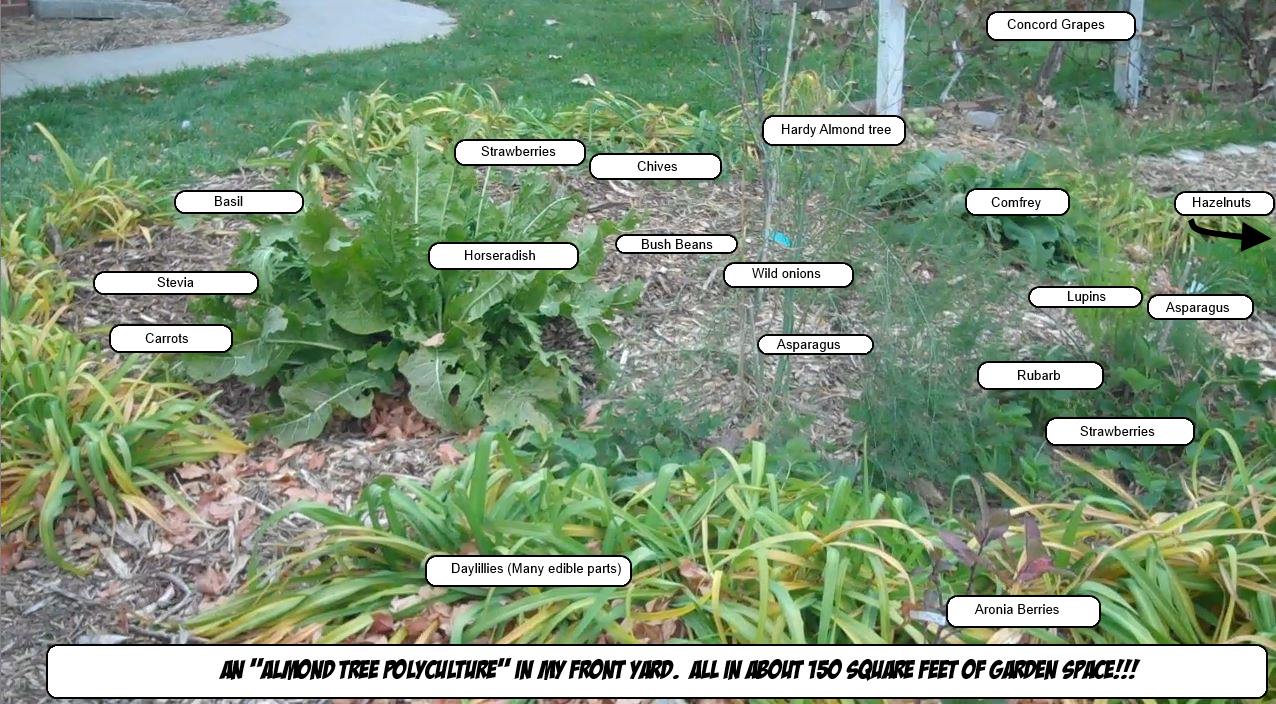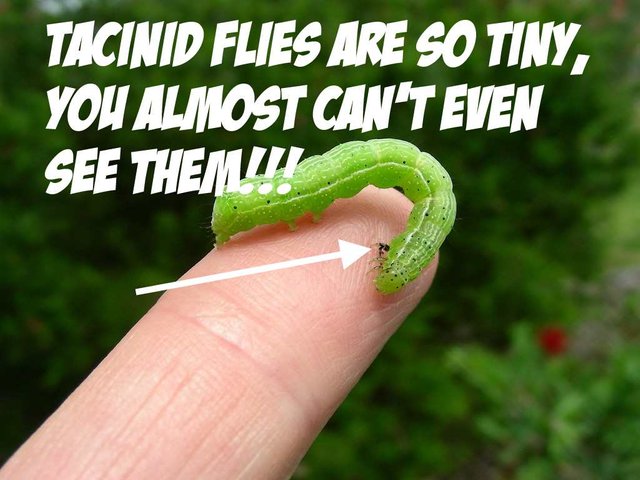What the heck is a "Permaculture Polyculture"??????????
I recently posted a blog here on Steemit, about planting a "Permaculture Food Forest', and what I'm hoping is that I introduced a few folks to the concept of "Tweeking" Mother Nature just a little bit to allow her to do her "Thing", while at the same time creating an abundant food and medicine source for ourselves.
( https://steemit.com/gardening/@goathollow/self-sufficiency-through-a-permaculture-food-forest )
Someone posted a reply, where they said they wanted to try their had at it next Summer, so I started explaining how to start by planting a "Polyculture" around just one Apple tree. Before long I'd burned my finger tips on the keyboard, and had written a book, so I thought I'd copy / paste my reply, as a blog.

A "Permaculture Polyculture" is really nothing more than a planted collection of veggies, medicinal plants, and others plants which serve to help out the plant community. These "Helper plants" can attract bees to pollinate the other flowers, attract good or beneficial insects, or help provide nutrients that the other plants need.

"Lupines" make a really attractive flower, they're perennial (Grow back every year,) and make nitrogen for the other plants to be fertilized with.
A Polyculture is companion planting "On Steroids"!
Here'a a good example of a "Polyculture" I created around a hardy almond tree.

So If you want to get started, you could begin with just one "Dwarf" apple tree.
Put one or two comfrey plants around it. Comfrey has a really deep tap root (Up to 20 feet or 7 meters.) It 's a "nutrient miner", meaning it will bring up minerals from the deep soil to feed your other plants. You can chop off it's leaves all Summer, and drop them around the other plants to feed them. Comfrey also has lots of "Medicinal properties" (I'm not a Doctor, so if you want to use plants for medicine, you're on your own.) Bees love it's flowers too!!! At the eventual "Drip line" of your Apple tree, (The eventual outside diameter of the tree.) put in a raspberry, or two and maybe a couple of blueberry bushes. There's a tiny wasp that eats "Apple maggot flies". It also likes blueberries, and they will help attract it. Put in some flowering perennials, to help out the honey bees. In Spring, they'll then know where your Apple tree is, and pollinate it. You can slip in a few Asparagus crowns. Their lacy leaf structure makes a good home for a predatory insect called the Tacinid fly.
Tacinid flies eat lots of bad bugs. You might also put in a few "Lupins" They're a pretty perennial flower that makes nitrogen in the soil for your other plants. Fill in the rest of the area with some culinary and medicinal herbs. Echinacea is a good one. Lots of medicinal uses.

Finish off by planting a few "Wild onions" around the base of your tree. Mice and voles hate the smell of onions, and garlic. It will keep them from eating the bark off of your baby tree. After the tree gets a little bigger, you can put a grape vine by it, and let the tree act as a trellis for the vine.
I'm hoping this little posting will help you to get started headed down the path to understanding how Mother Nature has all the answers and will grow a forest all on it's own, without any help from us. By understanding, and observing how she works, we can create systems that work for us as well as her!!! Next Spring, think about setting aside just a small area for a "Polyculture" of your own!!!
I've been experimenting with polycultures this year with good results.
For example I planted cabbages and cauliflowers in amongst a mix of rhubarb, raspberries and chives. Interestingly the cabbages and cauliflowers have way less caterpillars than normal. I wonder if the 'scent' of the other plants disguises the scent of the brassicas for the butterflies?
The "Three Sisters" of Corn, Beans, and Squash, could be considered a form of a "Polyculture"!!! Maybe the scent of something like Chives, is repulsive to the moths that plague your Brassicas? Be sure to write down exactly what you planted etc., in a Journal, so you will know as you tweek the mix in future years.
I like your explanation: "A "Permaculture Polyculture" is really nothing more than a planted collection of veggies, medicinal plants, and others plants which serve to help out the plant community." I will add that culture comes from cultivation (growing plants), perma (from permanent) - permanent growth of plants. Poly means many, so multiple growth of plants, which is what you are doing to help Mother Nature to grow healthy plants. Nice subject! I enjoyed it and I am going to be looking for your comments in certain plants that have great medicinal properties. For example, I cannot take penicilline, but I try to eat garlic every morning because it gives some immune strength to my body. In certain places, where they lack of having certain medicines, they eat a lot of garlic.
I love polyculture. We are planting walnut and ice cream bean trees in the coffee fields, and we run beans and corn inside the coffee rows. Plus we always leave some local bushes, especially the repellants, like salvia amarga.
@originalworks
@OriginalWorks Mention Bot activated by @ecoinstant. The @OriginalWorks bot has determined this post by @goathollow to be original material and upvoted it!
To call @OriginalWorks, simply reply to any post with @originalworks or !originalworks in your message!
For more information, Click Here!
Thanks for sharing!
For a long time I've been planning on starting a food forest and this info will be really useful.
Mine will have some mushrooms too, for what I've read on Stamets' books, plants that grow near certain fungi are stronger and grow faster than those who lack the fungal friend.
Do you have any info on mushroom-plant pairing?
I don't know about which varieties. What I do know is that after I mulched the area with wood chips, and natural fungi started to grow, my trees, and plants did better!!!
this is awesome!!!!!! more posts please!!!! thank you!
Congratulations @goathollow! You have completed some achievement on Steemit and have been rewarded with new badge(s) :
Click on any badge to view your own Board of Honor on SteemitBoard.
For more information about SteemitBoard, click here
If you no longer want to receive notifications, reply to this comment with the word
STOPWay to go @goathollow - once again you have given me more knowledge!
'Polyculture' is such a new term, kind of sidles up next to companion gardening but with much more of an end result and harvesting advantage.
Yes, you should write an e-book at the very least about this.
Since I have about 7 months until I can actually dig into the ground for Garden 2018, I will be implementing some of the polyculture techniques you have described.
Now is the time for Fall planting of bare root trees and shrubs!!!
Thanks for the great post. I think keeping a journal is a good idea. Then you will have a record of what worked and what didn't so you can improve on your planting.
Congratulations @goathollow! You have completed some achievement on Steemit and have been rewarded with new badge(s) :
Click on any badge to view your own Board of Honor on SteemitBoard.
For more information about SteemitBoard, click here
If you no longer want to receive notifications, reply to this comment with the word
STOPLove this way of gardening and have up voted.
Thanks!!!! I'll try to share some more.